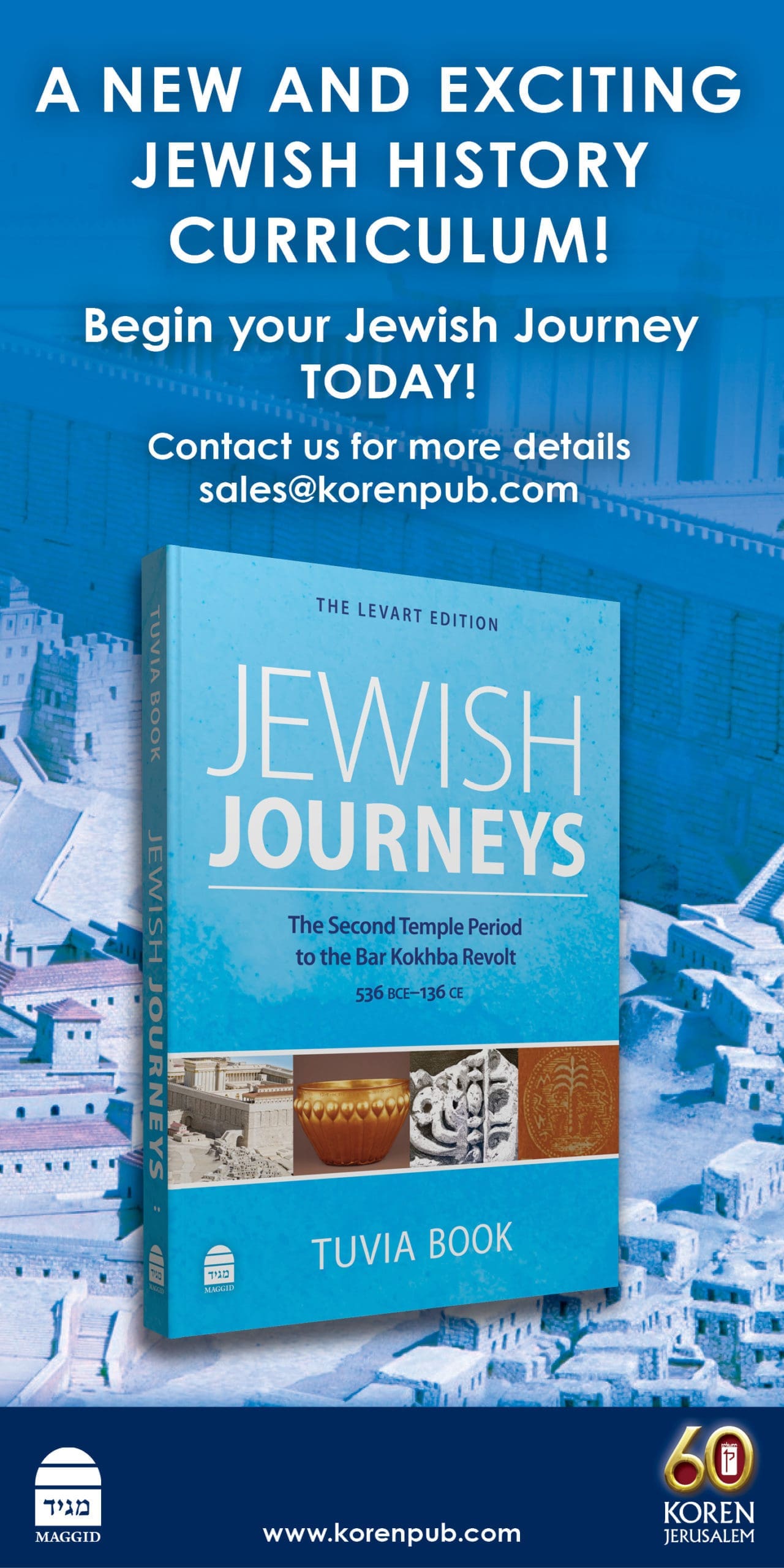“What barriers to learning can I anticipate?” is an ongoing question pondered by educators who use the Universal Design for Learning (UDL) framework to plan their teaching. UDL emphasizes that the variability in how our students learn is both expected and systematic, which allows for teachers to predict what obstacles students will encounter in the classroom before they even enter it. The framework provides a roadmap for anticipating barriers so teachers can remove them, by proactively embedding options into lessons that maximize access to the curriculum for all students. Teachers who approach teaching and learning with a UDL lens incorporate a barrier analysis into their planning and think as much about how students will experience the content as about the content itself.
Barriers to Learning Talmud in Middle School
Conducting a barrier analysis for teaching Talmud in middle school highlights familiar obstacles: while students are hopefully experiencing some excitement about beginning to learn this foundational pillar of our tradition, the skills required for academic success are challenging to master and students can struggle to understand both the nuanced detail and relevance of the text. Judaic studies educators have long acknowledged the pivotal role that students’ introduction to Talmud study plays in their long-term relationship with the subject, and have devised multiple methods for teaching the novel language, text structure, working memory, and analytical skills that are so difficult for beginners, as well as finding creative ways to connect the often-abstract content to students’ everyday lives. These efforts yield successful learning outcomes for many students, but teachers still struggle to positively engage and involve all learners.
From a UDL perspective, the problem can be framed as follows: what does a teacher do when a learning goal itself presents one of the most significant barriers to student learning? Educational researchers have identified developing “disciplinary thinking” as critically important. This refers to the habits of mind needed for a given subject. For Judaic studies in general and Talmud study in particular, developing disciplinary thinking is inextricably linked to developing textual skills and aptly describes, from an educational perspective, why this is an essential learning goal and critical focus of the curriculum. The solution to the challenges inherent in learning Talmud is for Judaic studies educators to embed instructional scaffolding into their teaching practices in engaging and creative ways (which, as noted, is happening to varying degrees) in order to provide access to textual learning for the full range of diverse learners in the classroom.
Students Create Websites in Talmud Class
During distance learning, new and complex dimensions were added to our conversations about anticipating barriers to learning. In the context of Talmud, one result of those discussions was to leverage the online medium by having middle school students create websites around the Talmud passage they were learning. Using Google Sites, each student constructed a website that included a personalized homepage designed with visuals and headings, as well as a dropdown menu with the following sections:
- Highlighted Gemara: a color-coded breakdown of the text. This is an existing resource from the digital platform, Mercava.
- Flow Chart: a visual display of the logical sequence of the text, which follows the same color-coded system as the first section (Mercava).
- Animated Video: produced using Plotagon. This allowed students to review the discussion in the text by creating a conversation about it between two animated characters.
- Modern Day Application: a video, written and directed by the students, in which they acted out a practical, real-world example of how the concepts they learned about in the text apply to their lives.
- Quiz: a Google Form that students created with comprehension questions on the text.
- Loose Translation: a Google Doc that students completed to summarize each step of the Talmudic discussion outside of the text.
- Sync: a video that synchronizes the color-coded visual text with the audio explanation of the text (Mercava).
Instructional scaffolding provides a structure to support learning new skills by systematically building on students’ knowledge and experiences. The ultimate goal is a gradual release of responsibility—moving students toward greater independence and mastery of the learning goal, in this case reading, translating, and understanding the step-by-step logical thread (shakla vetarya) of the text. Each component of the website utilized research-based methods of instructional scaffolding including color-coding, visually displaying information, integrating multiple modalities, and providing opportunities for the application of knowledge. Additionally, students were required to explain the purpose of each activity as they designed the sections. This created a space for them to focus on the learning goals and to understand the educational function of every element of the project.
Outcomes and Reflection
The process of creating a website about the passage of Talmud they were learning was highly motivating for students and successfully removed the short-term barriers around engagement during distance learning. However, the other positive educational outcomes so effectively removed general barriers to learning Talmud in middle school that the project is currently being implemented again this year, even as school is in-person.
The individual teaching tools incorporated into the sections of the website each contributed independently to students’ understanding of the text and conceptualization of the content. However, the power of this project is in the synergy that is created when students construct the website and design every aspect of it. The learning goals are addressed comprehensively, while students are agents in creating an artifact that both demonstrates their own mastery and can serve as a resource for others. This last point was something the students were noticeably enthusiastic about—the idea that someone might use their website to learn.
Perhaps the most unexpected outcome of this endeavor was that students reported their fluency with the text as the accomplishment they were most proud of. Despite having created an impressive product, the facility with reading, translating, and understanding Talmudic language and thinking outweighed the excitement about technology. This underscores the idea that we can retain the goal of developing disciplinary thinking by building textual skills, even as we explore new ways of removing barriers to get there.

Debra Drang is the Director of Special Education at Sulam in Rockville, Maryland. Dr. Drang is a longtime UDL trainer for teachers and school leaders, and is passionate about meeting the diverse learning needs of all students.

Eli Perles is a Judaic studies special education teacher at Sulam in Rockville, Maryland. Rabbi Perles integrates research-based best practices into his teaching, develops curriculum, and trains educators in implementing UDL in the Judaic studies classroom.
Reach 10,000 Jewish educational professionals. Advertise in the upcoming issue of Jewish Educational Leadership.






Superb!